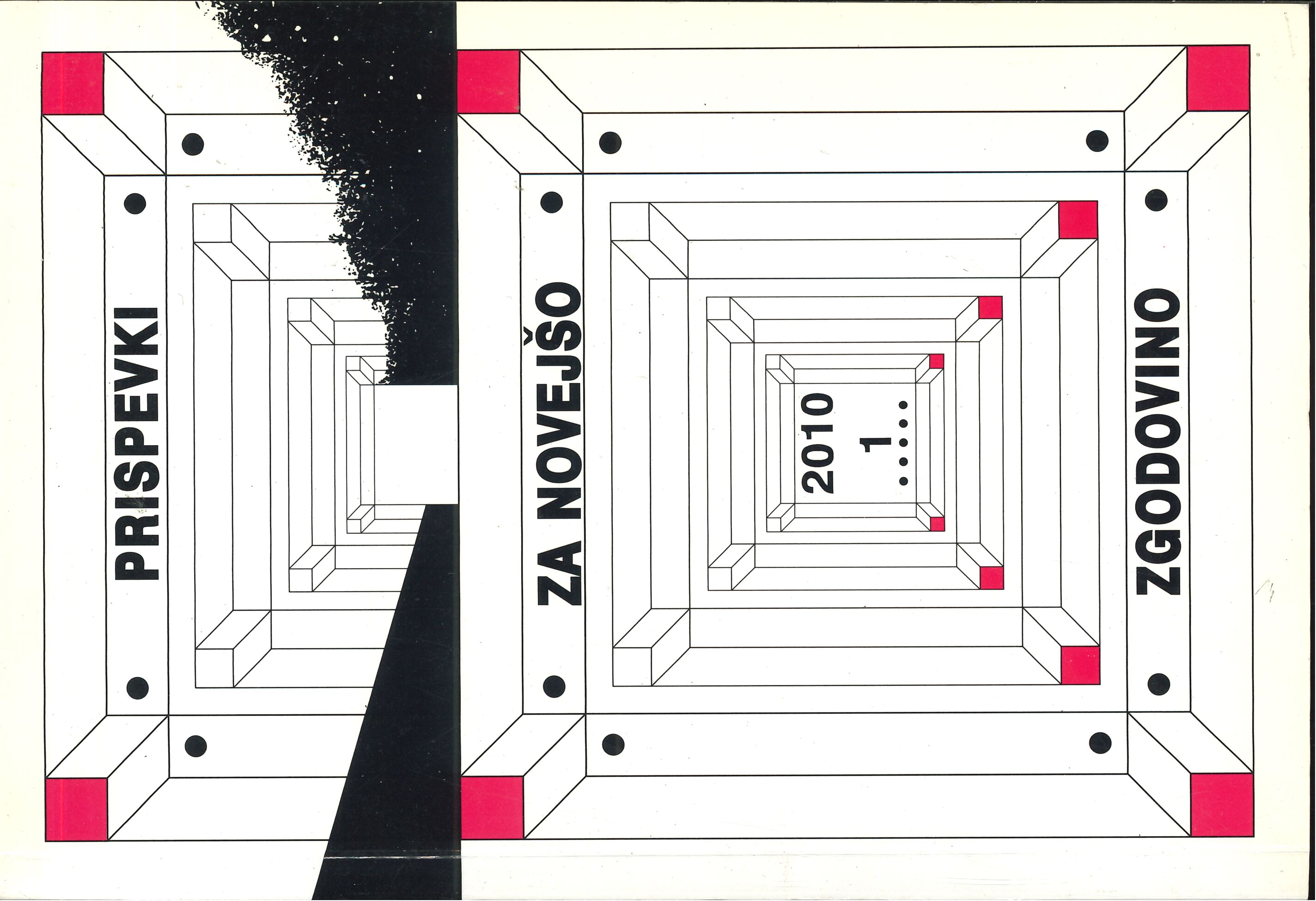Sovjetizacija Evrope po drugi svetovni vojni
Ključne besede:
Evropa, blokovska delitev, Vzhodni blok, sovjetizacija, komunizem, socializem, Poljska, Češkoslovaška, Madžarska, Romunija, BolgarijaPovzetek
Konec druge svetovne vojne je za svet in Evropo pomenil korenito preoblikovanje geopolitične realnosti. Svet se je razdelil na dva močna bloka z antagonističnimi družbenopolitičnimi, gospodarskimi, kulturnimi in drugimi značilnostmi. ZDA na eni strani je vzpodbujala parlamentarno demokracijo s tržnim kapitalizmom, ZSSR pa je iskala rešitve v ljudski demokraciji, podržavljanju gospodarstva in odpravi privatne lastnine. V prispevku so orisane države iz vzhodne Evrope, ki so se po "dogovoru" med velesilama znašle pred vrati nove socialistične prihodnosti. Pohod Rdeče armade daleč proti zahodu in z njo vračajoči se komunisti ter hkratna krepitev lokalnih komunističnih partij so omogočili učinkovito in odločno sovjetizacijo teh držav. Avtor se v prispevku posveča prikazu procesov politične sovjetizacije Poljske, Češkoslovaške, Madžarske, Romunije in Bolgarije. Sovjetizacija, ki je v grobem potekala v treh fazah, je bila odvisna od številnih notranjih in zunanji dejavnikov, zato se je do neke mere od države do države razlikovala, vendar pa je bil zaključek povsod enoten. Te države so postale del Vzhodnega bloka in sovjetski satelit.
Prenosi
Objavljeno
Številka
Rubrika
Licenca
Avtorji prispevkov, objavljenih v tej reviji, soglašajo z naslednjimi pogoji glede avtorskih pravic:
- Avtorji ohranijo avtorske pravice, reviji pa odobrijo pravico do prve objave. Delo se hkrati zaščiti z licenco za prosto uporabo avtorskih del (Creative Commons Attribution License), ki drugim osebam omogoča deljenje dela ob priznanju avtorstva in prve objave v tej reviji.
- Avtorji lahko sklenejo ločene dodatne pogodbene dogovore za neizključno distribucijo različice dela, objavljene v reviji, (npr. oddaja v institucionalni repozitorij ali objava v knjigi) z navedbo, da je bilo delo prvič objavljeno v tej reviji.
- Pred postopkom pošiljanja in med njim lahko avtorji delo objavijo v spletu (npr. v institucionalnih repozitorijih ali na svoji spletnih strani), k čemer jih tudi spodbujamo, saj lahko to prispeva k plodnim izmenjavam ter hitrejšemu in obsežnejšemu navajanju objavljenega dela (glej The Effect of Open Access).


